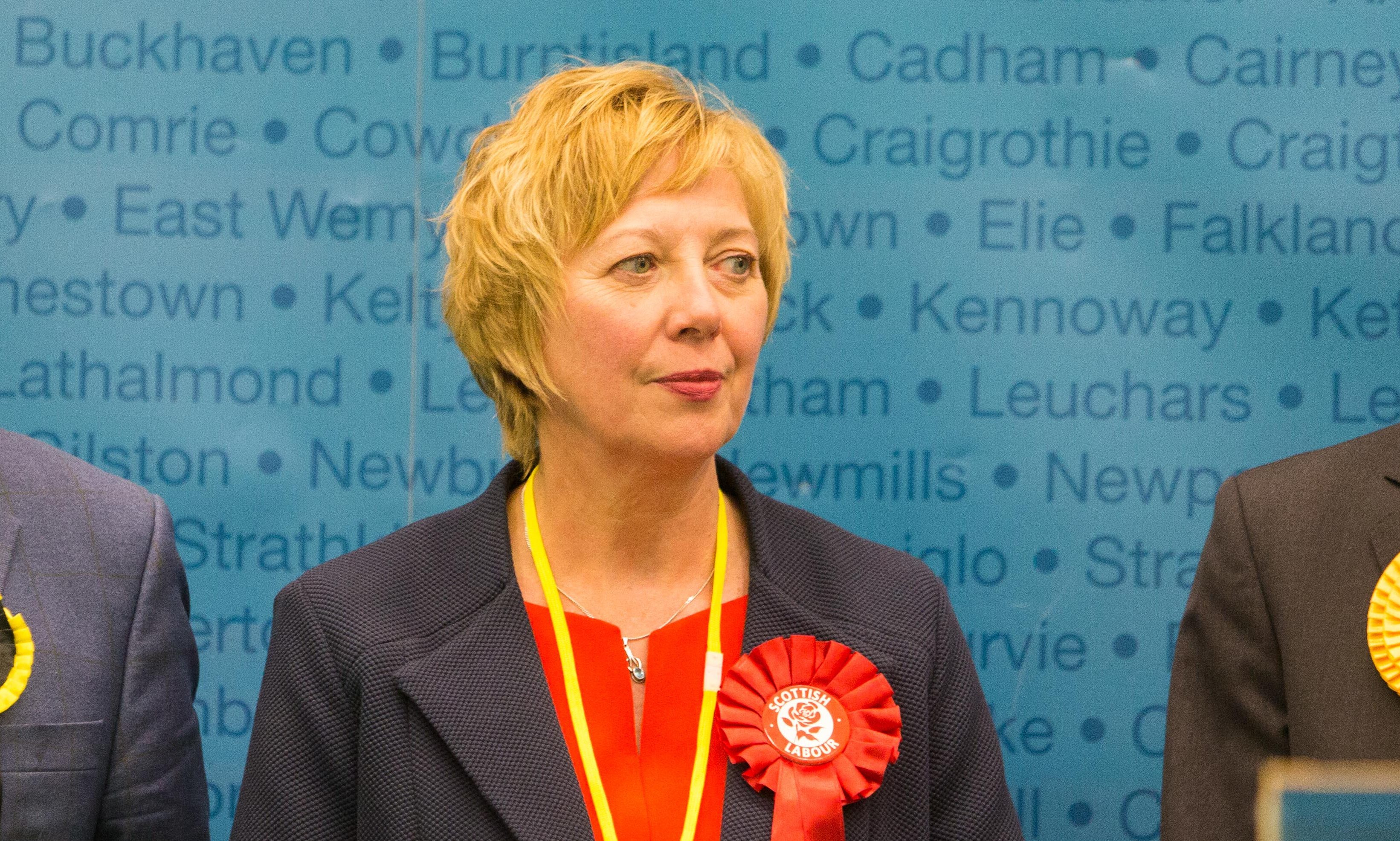Fife has seen few political nights as dramatic as this one.
As a veteran of many election counts — not least in the glut of recent years — I have covered some tense moments but not in a long time has the count in Glenrothes enjoyed (or endured) a political rollercoaster like the 2017 general election.
To put it simply, every party can claim to be a winner.
There can be no denying the SNP saw a huge drop in its vote – 10,000 plus in Glenrothes, Kirkcaldy and Cowdenbeath and Dunfermline West.
Has the bubble burst? The party’s rivals will certainly say so, but remember that this was a party defending an unprecedented 56 seats from 2015. At the end of the day the only figures that really matter are the results and Nicola Sturgeon’s party has returned more MP’s in Fife than any of its rivals.
The Conservatives saw a huge surge in support and while Labour’s vote largely stagnated, it seized back Kirkcaldy and Cowdenbeath, a symbolic seat for the party and a real feather in its cap as it tries to re-establish itself at the forefront of Scottish politics.
Lesley Laird is much admired across the political divide, as was her SNP predecessor Roger Mullin, but it is safe to say that nobody expected Labour to seize back Gordon Brown’s old stomping ground.
And while less of a surprise, there can be no denying the effort required by the Liberal Democrats in contesting North East Fife.
Requiring three recounts, and with just three votes separating Elizabeth Riches and Stephen Gethins at one point, It could have been a script from House of Cards.
With Fife now a political battlefield, it might take the cunning of House of Cards’ Frank Underwood, or Francis Urquhart for those that remember the original series, to survive.
